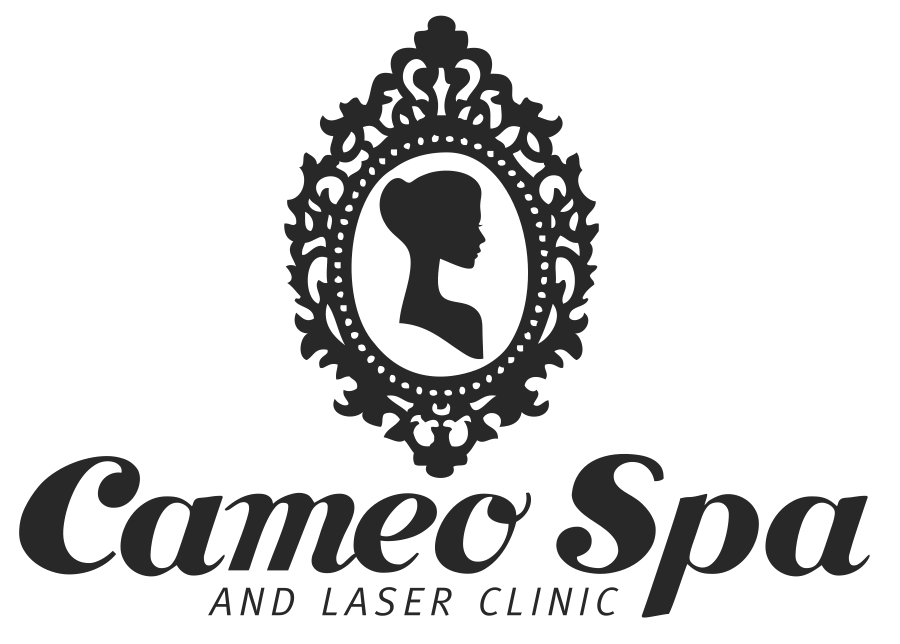If you've
had milia, you likely wondered if they were some kind of pimple. While many
people mistake the tiny, pearl-like bumps for acne, they are
not the same thing. One of the easiest ways to identify milia bumps are by how
they feel.
Unlike
acne, milia are rather firm, and squeezing has little to no impact on them.
Also unlike acne, these bumps can show up around the eyes and on parts of the
face where there aren't active oil glands. Milia also don't have the pain
associated with acne when a pimple forms and then becomes inflamed and sore.
Note: If you have yellowish bumps
around your eyes and on your eyelids, they may not be true milia (which are
typically translucent flesh to white). You may instead be dealing with a skin
growth known as a xanthoma. These bumps are common in people who have high
cholesterol or high triglyceride levels.
So How Did I
Get Milia, Anyway?
Milia occur
when dead skin cells get trapped under the skin's surface, forming small, hard
cysts.
Adults can
get two forms of milia: primary and secondary.
Primary is the type seen in babies, caused by skin cells that build up because they just didn't exfoliate properly.
Secondary milia happens when a skin condition that leads to blistering actually damages the pore lining. Burns or severe rashes can increase the number of skin cells trapped under the skin's surface.
Primary is the type seen in babies, caused by skin cells that build up because they just didn't exfoliate properly.
Secondary milia happens when a skin condition that leads to blistering actually damages the pore lining. Burns or severe rashes can increase the number of skin cells trapped under the skin's surface.
Sun damage
is also a contributing factor to milia because it makes skin rough and
leathery, so it's more difficult for dead cells to rise to the skin's surface
and shed normally.
How to Treat
and Prevent Milia
Because
milia often go away on their own without treatment, being patient and waiting
it out is an option—but waiting is definitely not for everyone!
Primarily,
it is critical that you not squeeze, scrape, poke, or in any other way
physically try to remove the milia from your face as you would a pimple.
Because milia are hard and under the skin's surface, these methods are unlikely
to help. Instead, you wind up irritating and damaging the skin surrounding the
cyst. Some people have even scarred themselves trying to dig out milia—and
there's no question a scar will last longer than any milia bump!
Of course,
you also can see a skin expert, who can tell you which type of milia you
have. Secondary milia might require the use of a hypodermic needle to
remove the cyst, or cryotherapy. If your milia don't respond to an exfoliating treatment after
several weeks, consider making an appointment with your aesthetician or dermatologist.
Prevent:
Although
not a lot can be done to prevent milia, maintaining a suitable skin-care
routine certainly helps minimize the chance of them appearing. Because secondary
milia can be caused by sun damage, always use a moisturizer with at least SPR 15 to protect your skin every day, and
give those annoying white bumps less of a reason to set up shop on your face!
Yes, milia
is a real pain to put up with, but there are things you can do to treat it.
Remember: Patience, daily exfoliation, sun protection, and resisting the
temptation to take matters into your own hands can go a long way to having
clearer, bump-free skin sooner!
Come in to see Anita at Cameo Spa and Laser clinic or book your UV Treatment online click ->
SCHEDULE NOW
Come in to see Anita at Cameo Spa and Laser clinic or book your UV Treatment online click ->
SCHEDULE NOW
*taken from Paul's Choice skin care website




No comments:
Post a Comment
I thank you for your comment and hope you stay in touch.